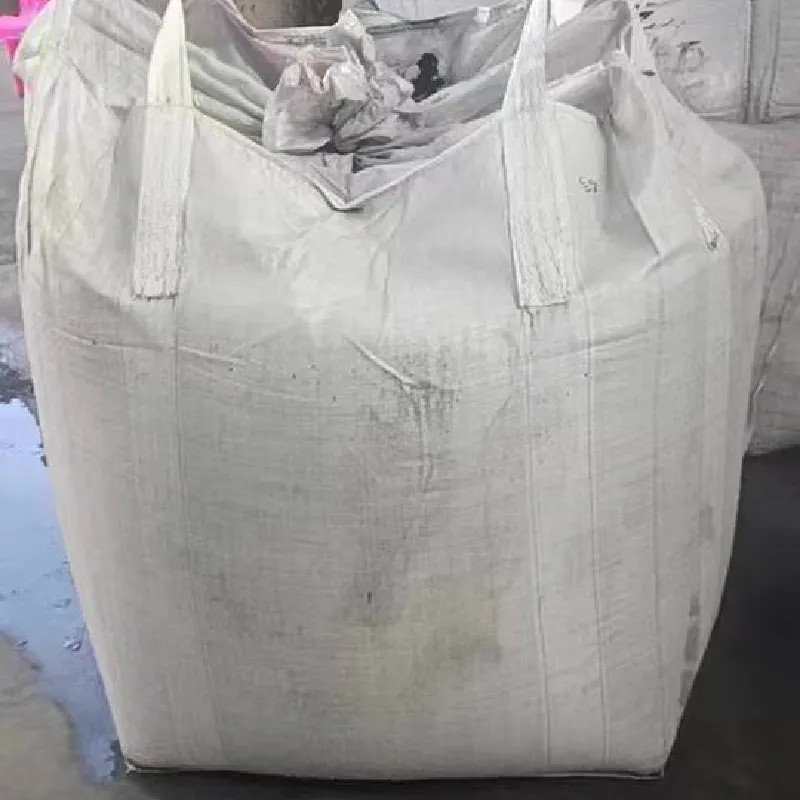-
 Afrikaans
Afrikaans -
 Albanian
Albanian -
 Amharic
Amharic -
 Arabic
Arabic -
 Armenian
Armenian -
 Azerbaijani
Azerbaijani -
 Basque
Basque -
 Belarusian
Belarusian -
 Bengali
Bengali -
 Bosnian
Bosnian -
 Bulgarian
Bulgarian -
 Catalan
Catalan -
 Cebuano
Cebuano -
 China
China -
 Corsican
Corsican -
 Croatian
Croatian -
 Czech
Czech -
 Danish
Danish -
 Dutch
Dutch -
 English
English -
 Esperanto
Esperanto -
 Estonian
Estonian -
 Finnish
Finnish -
 French
French -
 Frisian
Frisian -
 Galician
Galician -
 Georgian
Georgian -
 German
German -
 Greek
Greek -
 Gujarati
Gujarati -
 Haitian Creole
Haitian Creole -
 hausa
hausa -
 hawaiian
hawaiian -
 Hebrew
Hebrew -
 Hindi
Hindi -
 Miao
Miao -
 Hungarian
Hungarian -
 Icelandic
Icelandic -
 igbo
igbo -
 Indonesian
Indonesian -
 irish
irish -
 Italian
Italian -
 Japanese
Japanese -
 Javanese
Javanese -
 Kannada
Kannada -
 kazakh
kazakh -
 Khmer
Khmer -
 Rwandese
Rwandese -
 Korean
Korean -
 Kurdish
Kurdish -
 Kyrgyz
Kyrgyz -
 Lao
Lao -
 Latin
Latin -
 Latvian
Latvian -
 Lithuanian
Lithuanian -
 Luxembourgish
Luxembourgish -
 Macedonian
Macedonian -
 Malgashi
Malgashi -
 Malay
Malay -
 Malayalam
Malayalam -
 Maltese
Maltese -
 Maori
Maori -
 Marathi
Marathi -
 Mongolian
Mongolian -
 Myanmar
Myanmar -
 Nepali
Nepali -
 Norwegian
Norwegian -
 Norwegian
Norwegian -
 Occitan
Occitan -
 Pashto
Pashto -
 Persian
Persian -
 Polish
Polish -
 Portuguese
Portuguese -
 Punjabi
Punjabi -
 Romanian
Romanian -
 Russian
Russian -
 Samoan
Samoan -
 Scottish Gaelic
Scottish Gaelic -
 Serbian
Serbian -
 Sesotho
Sesotho -
 Shona
Shona -
 Sindhi
Sindhi -
 Sinhala
Sinhala -
 Slovak
Slovak -
 Slovenian
Slovenian -
 Somali
Somali -
 Spanish
Spanish -
 Sundanese
Sundanese -
 Swahili
Swahili -
 Swedish
Swedish -
 Tagalog
Tagalog -
 Tajik
Tajik -
 Tamil
Tamil -
 Tatar
Tatar -
 Telugu
Telugu -
 Thai
Thai -
 Turkish
Turkish -
 Turkmen
Turkmen -
 Ukrainian
Ukrainian -
 Urdu
Urdu -
 Uighur
Uighur -
 Uzbek
Uzbek -
 Vietnamese
Vietnamese -
 Welsh
Welsh -
 Bantu
Bantu -
 Yiddish
Yiddish -
 Yoruba
Yoruba -
 Zulu
Zulu
Effective Strategies for Using Insect-Proof Netting in Your Garden
The Importance of Insect-Proof Netting in Sustainable Agriculture
Insect-proof netting has emerged as a fundamental tool in sustainable agriculture, offering a multitude of benefits to farmers and gardeners alike. As we face increasing challenges related to pests and climate change, the adoption of effective protective measures becomes essential. This article delves into the various aspects of insect-proof netting, its significance, applications, and advantages for modern farming.
Insect-proof netting, often made from fine mesh material like polyethylene or polypropylene, serves as a barrier that prevents pests, such as aphids, caterpillars, and beetles, from accessing crops. This physical barrier is an environmentally friendly alternative to chemical pesticides, reducing the reliance on potentially harmful substances that can have detrimental effects on ecosystems and human health.
One of the primary advantages of insect-proof netting is the preservation of crop health and yield. By blocking pests, farmers can significantly reduce the incidence of pest-related damage, thereby ensuring a higher quality and quantity of harvest. This is particularly vital for organic farmers who are restricted from using synthetic pesticides. Insect netting not only protects crops but also helps maintain a balanced ecosystem by allowing beneficial insects, such as pollinators and natural predators, to thrive.
Moreover, insect-proof netting contributes to efficient water and nutrient management. The mesh allows sunlight and rain to penetrate while preventing the loss of soil moisture. This feature is particularly beneficial in areas experiencing water scarcity, as it ensures that crops receive adequate hydration without excessive evaporation. Additionally, the netting can help in managing weed growth by blocking sunlight, further enhancing the productivity of the agricultural land.
insect proof netting

The versatility of insect-proof netting is another reason for its growing popularity. It can be used in a variety of setups, from small home gardens to large commercial fields. Farmers can drape the netting over crops, use it as row covers, or even build structures like tunnels to create a controlled environment. This adaptability makes it suitable for various climates and crops, from vegetables to fruits and flowers.
Installing insect-proof netting requires careful consideration. It should be properly secured to ensure that pests cannot sneak in from the edges. Farmers and gardeners should also pay attention to the net’s mesh size; smaller mesh sizes are effective against tiny insects, but they might also restrict airflow, which can affect plant health. Thus, finding a balance is key to maximizing the benefits.
In addition to its agricultural applications, insect-proof netting also finds utility in landscaping and horticulture. Gardeners utilize it to protect ornamental plants from pest infestations, while nurseries use it to safeguard young plants during their critical growth stages. The protective qualities and ease of use have made it a go-to solution for many in the gardening community.
In conclusion, insect-proof netting stands out as an integral part of sustainable agricultural practices. Its ability to protect crops without resorting to harmful chemicals not only enhances crop yield and quality but also promotes ecological balance. As the agricultural sector continues to evolve in response to climatic and environmental challenges, the use of innovative solutions like insect-proof netting will be crucial in ensuring a productive, sustainable future. Embracing such practices can pave the way for more resilient farming systems that can thrive while safeguarding our planet for future generations.
-
Shipping Plastic Bags for Every NeedNewsJul.24,2025
-
Safety Netting: Your Shield in ConstructionNewsJul.24,2025
-
Plastic Mesh Netting for Everyday UseNewsJul.24,2025
-
Nylon Netting for Every UseNewsJul.24,2025
-
Mesh Breeder Box for Fish TanksNewsJul.24,2025
-
Expanded Steel Mesh Offers Durable VersatilityNewsJul.24,2025











